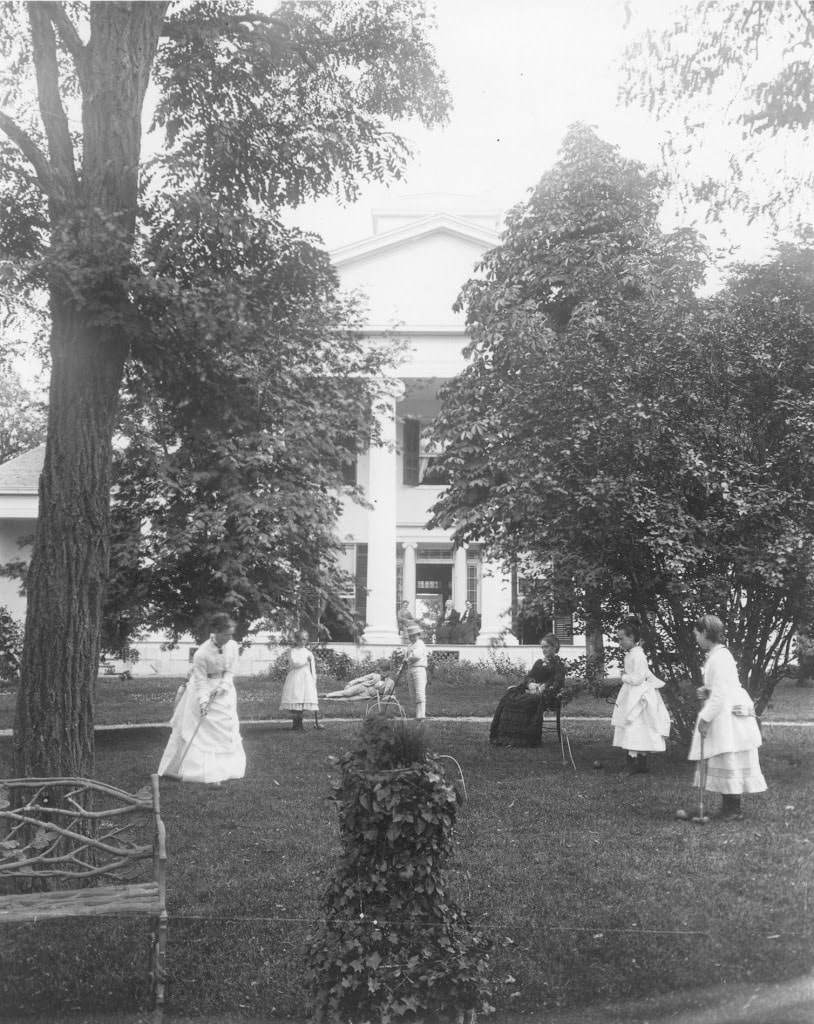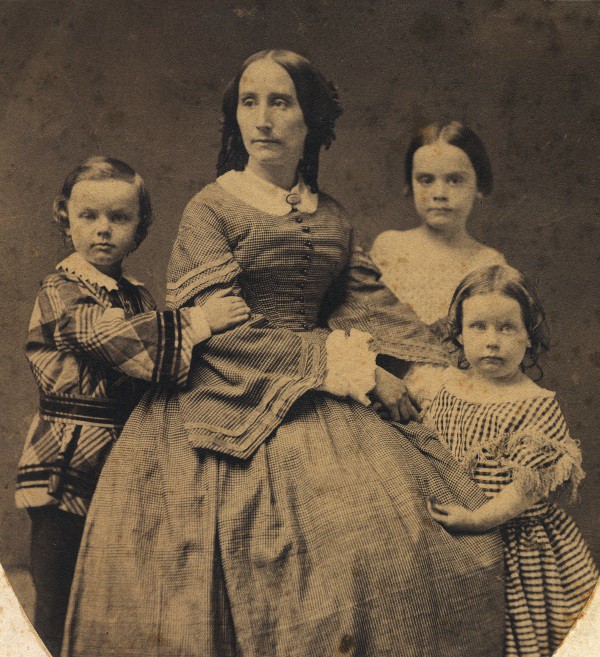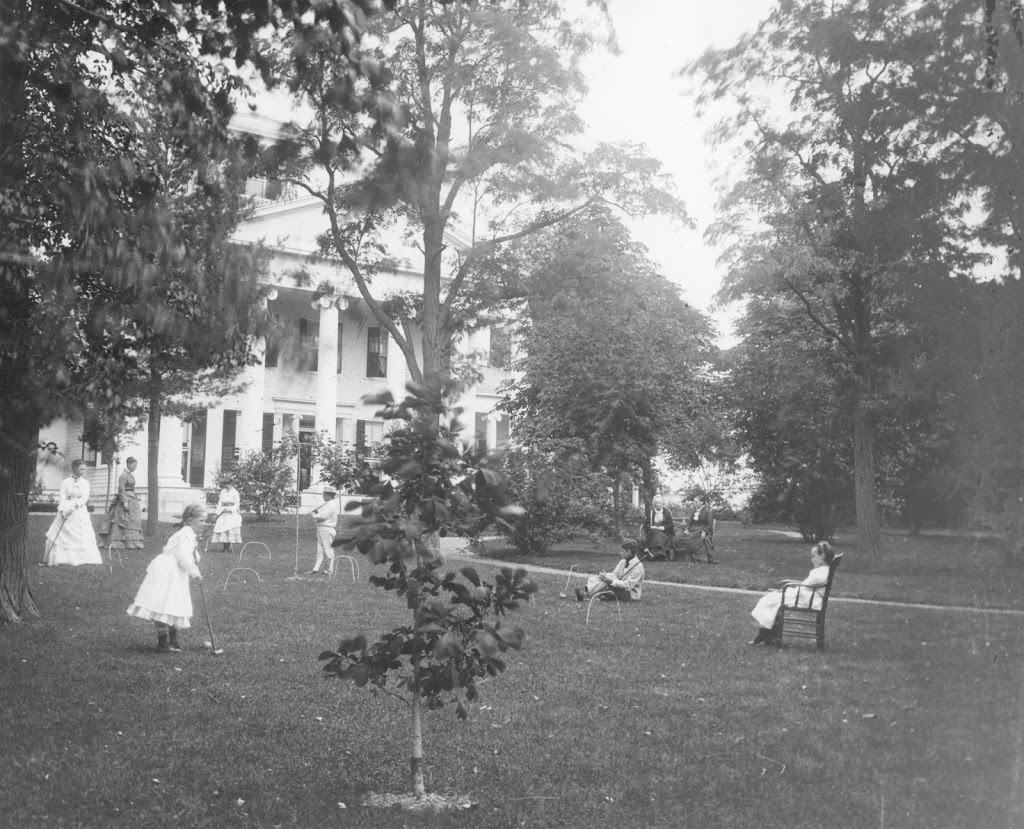Victorian Day
The Victorian Era basically corresponds with the reign of England’s Queen Victorian (1837 to 1901) and for the United States this was a period of change. Below is just a sample of activities that take place in the United States during the mid and late 1800s (for more information, read Victorian America: Transformation in Everyday Life by Thomas Schlereth):
- “Give Me Your Tired, Your Poor” – Until the mid-1800s a majority of immigrants came from northern and western Europe (England, Ireland, Germany, and Sweden) as time progressed this shifted to Southern and Eastern Europe (Italy, Russia, and Poland) and Asia.
- “Go West, Young Men” – Though people came to cities looking for work, just as many headed west to farm, ranch and mine. Between 1837 and 1897 twenty states entered the union and two territories were formed. In addition, Alaska was purchased in 1867 and Hawaii was annexed in 1898.
- “Rally Round the Flag” – Americans fought in three wars Mexican-American War (1846-1848), Civil War (1861-1865), and Spanish-American War (1898).
- “Mother of Inventions” – Among the inventions were linoleum, x-rays, cold cereals, aspirin, photography, sewing machine, telegraph, phonograph, Coca-Cola, telephone, light bulb, fountain pen, barbed wire fences, motorcycle, envelopes, postage stamps, can opener, typewriter, electric fan, safety iron, plastic, motor car, blue jeans, matchbooks, postcards, Kodak camera, basketball, Morse code, dynamite, traffic lights, mail order catalogs, vacuum cleaner, escalator, zipper, safety pin, potato chips, chewing gum, eear muffs, Jell-O, paper clips and Cracker Jacks.
- “Pen and Ink” – Many books that are now considered classics in American literature were published in the Victorian Era. These books include The Scarlet Letter, The House of Seven Gables, Moby Dick, Uncle Tom’s Cabin, Little Women, The Adventures of Huckleberry Finn, The Adventures of Tom Sawyer, The Portrait of a Lady, The Red Badge of Courage, and The Awkening
- “Making the World a Better Place” – The 19th century was filled with reform movements including peace, labor, education, clothing, temperance, abolition, prison, utopian communities, suffrage and mental health.
What was happening in Geneva?
- 1841 – The railroad came
- 1849 – Genesee Park was created and Elizabeth Blackwell, the first woman to receive a medical degree, graduated from the Geneva Medical College
- 1855 – Seneca Lake froze (it would freeze again in 1875 and 1885)
- 1872 – Glenwood Cemetery was created and Town of Geneva formed
- 1873 – The name of Water Street was changed to Exchange Street
- 1879 – Telephone service began
- 1881 – The New York State Agricultural Experiment Station opened
- 1886 – The YMCA was established
- 1892 – Geneva Hospital was incorporated and the hospital opened six years later
- 1893 – The Armory was constructed and street paving began
- 1894 – The Smith Opera was built
- 1887 – The Geneva unit of the Salvation Army was formed
- 1898 – Geneva became a city and the Geneva Country Club was formed
Since the Swan family’s time at Rose Hill (1850-1890) roughly corresponds with the Victorian Era, we are hosting Victorian Day at Rose Hill on Saturday, July 25, 2015 from 10 a.m. to 4 p.m. The mansion will be opened for self-guided tours and special programming about the Victorian period will be held throughout the day including presentations, a concert and a lawn party. Victorian Day is free with admission to Rose Hill Mansion, which is $7 for adults, $6 for seniors, and $4 for children 10 to 18. Children under 9 and members of the Geneva Historical Society are free. A family rate of $15 is available for two adults and one or more children aged 10 to 18 in the same household.



